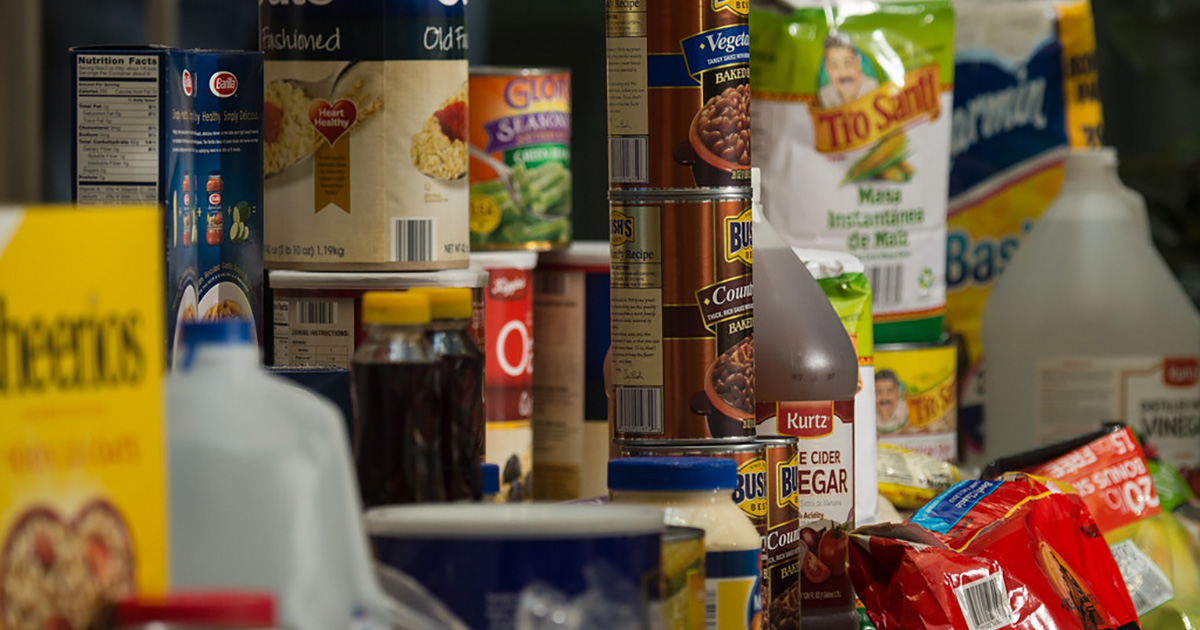
This is the third installment of this series documenting a 12-month community preparedness journey.
Little did I know when I started this column this year how timely it would be for my own family. While I’ve been on hiatus the last few months, my “preps” certainly have come in handy!
As I mentioned early on, emergency preparedness isn’t just about preparing for the “big one,” a pandemic or even the apocalypse. More often than not, you’ll find yourself digging into your stock for every day “emergencies.” Things like power outages, “who drank the last of the milk?!” and medical surprises.
I happen to have experienced the latter. After a lovely MRI put me on the fast track for major surgery, I knew my forethought and planning would make this sudden and unexpected situation so much easier to deal with! A huge stress was taken off my plate, as my family had everything we needed right here to keep the ship afloat.
So, what comes next for us on our neighborhood preparedness challenge? With prices on food going up so quickly, and the constant chatter about supply chains, I have moved things around a bit to make sure to take care of that first.
Stocking up on food will be a lot like the advice I gave you for water. Starting off, you will want to figure out how much your household needs, and then set a goal. I recommend working toward a three-day supply, then three weeks, then three months. This makes the task much easier to take on.
After you have your goal set, start thinking about what foods you and your family members like to eat. Too many times, I have seen people stock up on canned goods, only to watch them expire out because nobody wanted to eat Vienna sausages with a side of canned cream corn.
If you purchase items your family will actually eat, you can start what is called a “working pantry.” If you use this system, you will ensure that you are always eating your oldest stock, and that your purchases won’t go to waste.
When deciding what foods to stock up on, try and make a 7-10-day meal plan (including snacks, sweets and some comfort foods). Think of lunches and dinners that are a hit in your house and try to find shelf-stable options for those ingredients. For example: if your family loves a good pasta with meat sauce, swap out the beef or turkey for a large can of chicken. There are many swaps that can be made to create shelf-stable versions of your favorite meals.
Once you have your goal and meal plans set, it’s time to think about how to start. Every time you go to the store, pick up one extra of your shelf-stable ingredients. You will be surprised how quickly things add up.
You will also want to keep an eye out for sales. Looking through those junk mail flyers can be really helpful when you are first starting out. You can also download grocery store apps to find great sale items and coupons. Safeway, for example, has a lot of personalized promos that will pop up in your app.
You can also purchase items in bulk or go to discount stores to make your money stretch even farther. With a list in hand, it’s easier to keep on task and only buy what items you need. And when you get home, be sure to put the new items toward the back of your shelves. This is where an organized pantry really comes into play.
I give my family a visual cue to know what to use first (even if the pantry gets messy). I use different color dot stickers to do this: 2022 (red), 2023 (purple), 2024 (green), etc. You can find even more tips and tricks on how to create an organized pantry by searching the Issaquah Highlands blog or past issues of Connections online for my home organization articles.
While you are filling up your working pantry, I also recommend purchasing a few long-term, freeze-dried or dehydrated items as well as some dried fruit, high energy foods and protein bars, canned juices and a few canned meals to put in your emergency tote. Having at least a three-day supply of meals in your grab and go container is a necessity if you happen to find yourself needing to evacuate.
When looking at your freeze-dried options, some out there are surprisingly tasty! Pick out a few that look appealing and schedule a fun night where you try them with your family and/or housemates. That way if you find yourself in a stressful situation, you have meals you actually enjoy to help lift your spirits.
And don’t forget drinks! Water is great for hydration, but it won’t make that bowl of cereal very palatable. A good shelf-stable option for milk is Nido, which can be found on Amazon and in some stores. You can also store some milk alternatives like almond or rice. Some of those have pretty decent shelf lives. However, be sure to check expiration dates and write them clearly on the box when you get home. If you are wanting an even longer storing alternative, look into something like Augason Farms powdered milk, which can last up to 20 years.
Another idea to have in your preps are hydration packets like Liquid IV. Added to a bottle of water, this hydration multiplier has extra electrolytes and vitamins that will help you stave off dehydration.
Lastly, remember your can openers! Make sure to have one in your tote as well as in your kitchen. Trying to pry open cans is no fun for anyone, and they can cause injuries you definitely do not want in an emergency situation.
If you want even more information on suggested emergency food supplies, a great resource is the U.S. Department of Homeland Security’s website: ready.gov/food. Next time, we will chat about some basic must-have supplies to add to your kit. See you then!
Johnna Masterson is owner of Inspired and Organized, and a Central Park resident.





